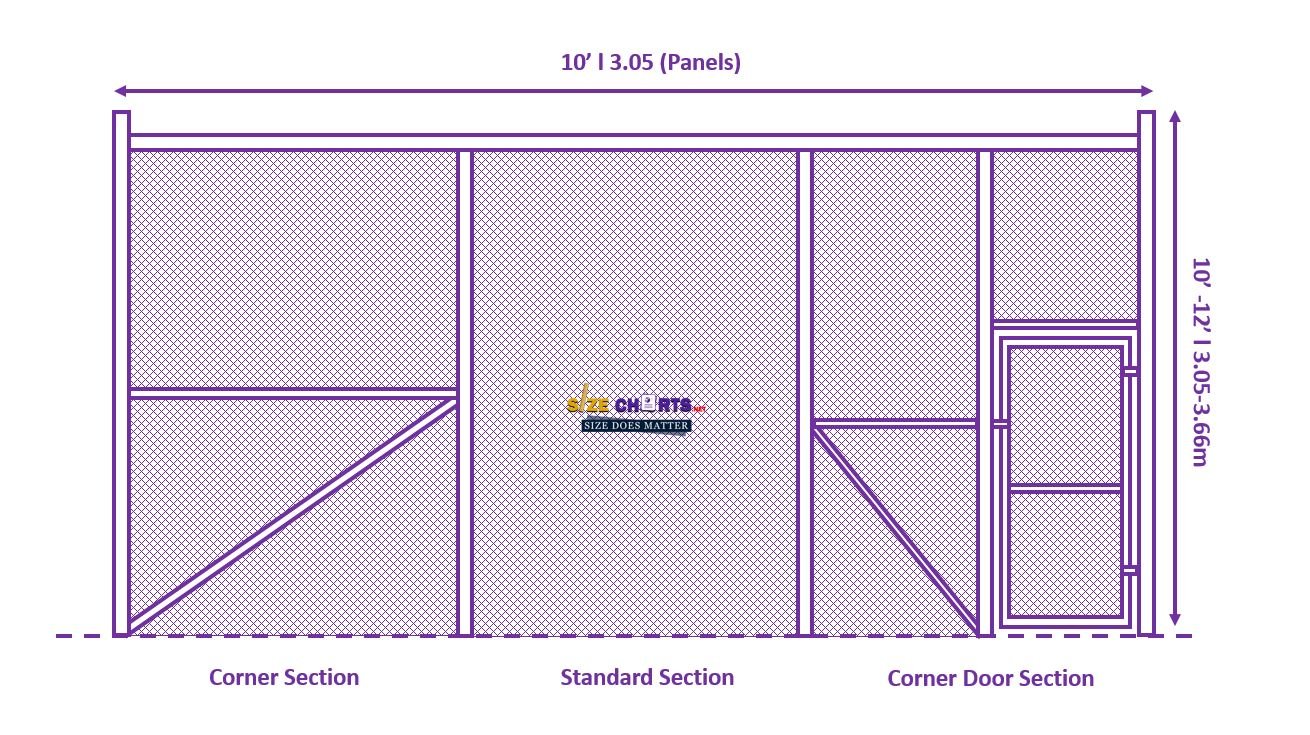Fencing a Tennis Court is a traditional concept that is modified to a new cause. The ultimate objective of fencing a Tennis Court is to keep the tennis ball inside the court. Although it seems to be an advantage for the players, it does create an enclosed environment that further troubles the player.
Therefore, an open tennis court is always better than a court enclosed with a fence. The traditional institutional look is now modified with galvanized iron tennis court fence. It gives a more contemporary and commercial outlook. Let us see at what dimension the fencing of a tennis court is usually done.
Tennis Fence Dimension & Marking Illustration
What Are the Dimensions of a Standard Tennis Court Fence?
The fencing is done behind the baseline of the court. The standard Tennis Fence Dimension is 8 and 10 feet high.
If it is a hard court, then one must go for the 10-foot fence.
If it is clay or dry coats, then an 8-foot height fence is good to go.
While doing the side of the corners of the Tennis Court, it must not be more than 4 feet at a 45 degree. It would help roll the ball comfortably and keep it inside. The higher the fence height at the corners, the higher is the possibility of going it above.

What Are the Advantages of Tennis Court Fencing?
Equipping a tennis court with a fence is optional. However, it does serve some benefits to the players.
a. A Tennis Court fence prevents a ball from getting out of the court. It reduces or stops the energy of the ball and keeps it inside the court.
b. It keeps distractions away from the court and the players.
c. It maintains a standard boundary that keeps the spectators and other animals out of the court.
d. A tennis court becomes an enclosed area with a fence that helps control the waste materials to come in.
